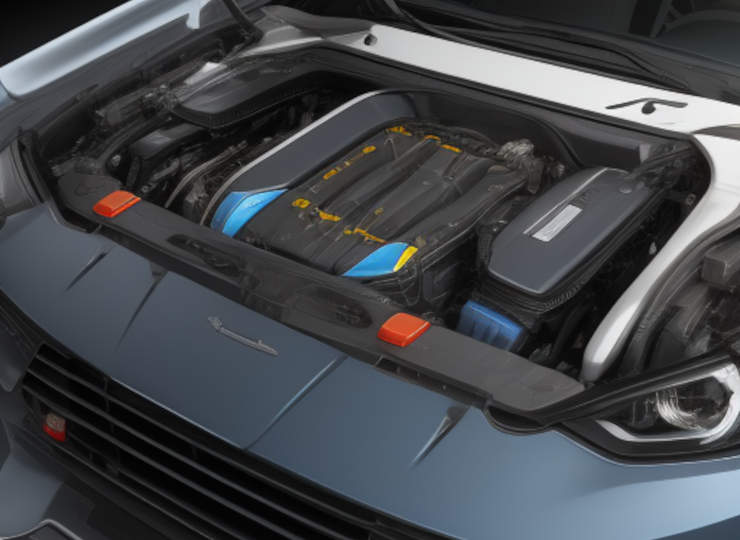文字のサイズ
- 小
- 中
- 大
xEV battery strategies of the world’s major complete vehicle manufacturers
The electrification of the world’s vehicles, known as “xEV”, is progressing in line with stricter environmental policies in major countries around the world. Along with this progress in electrification, the securing of drive batteries is also gaining importance.

The emergence of emerging manufacturers such as Tesla, which boasts the top share of the BEV market around COVID-19, and BYD, which is expected to sell over 3 million BEVs and PHEVs by 2023, has influenced the strategies of the world’s major car manufacturers, from future electrification to their products and the battery strategies that support them. The emergence of emerging manufacturers such as BYD, which sold over 3 million BEVs + PHEVs in 2006, has influenced the strategies of the world’s major finished car manufacturers, not only in future electrification but also in their products and the battery strategies that underpin them.
Serious problems at the materials stage could make it difficult to comply with national environmental and electrification regulations in the years 2030, 2035 and 2040, and could also shake up the business plans of car manufacturers.
The global plan to shift to electrification, with a focus on BEVs, is being implemented with the aim of achieving carbon neutrality. According to already announced capacity plans, at least 3-4 TWh of capacity is expected by 2035. However, as a portion of this includes batteries for auto-car models, such as ESS (Energy Storage Systems), it is not necessarily the case that finished car manufacturers will be able to procure batteries as planned.
In addition, there is uncertainty over the supply and demand of battery materials themselves, so it will be necessary to monitor future trends. Under these circumstances, how, when and how much batteries are car manufacturers trying to procure and secure, how are they trying to reduce costs and generate a profit base, and what are their initiatives in forming a value chain from materials to disposal, recycling and reutilisation? What is the approach of the companies to forming a value chain from material to disposal, recycling and reutilisation?
In the field of drive batteries, where the worldwide electrification trend has increased the focus, we will investigate and analyse the global balance of power, investment and alliances surrounding batteries, in addition to summarising government policies and the growth, strategies and future prospects of car manufacturers and suppliers (cells, components, etc.). In addition, we also conduct research and analysis in all areas of the global balance of power, investment and alliances surrounding batteries. A more realistic view of the battery industry and the feasibility of electrification are the key takeaways, with a particular focus on the material supply and demand situation and cost fluctuations.






